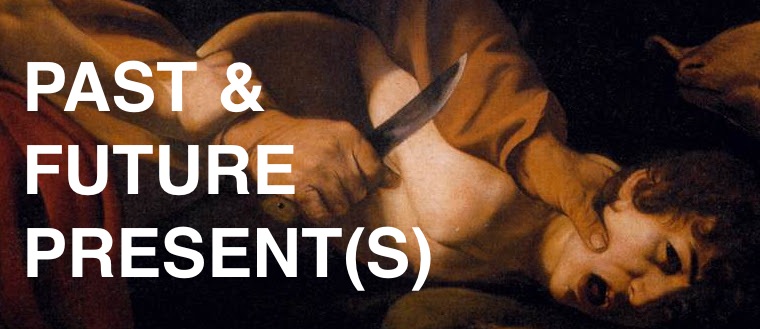The home was the quintessential bourgeois world, for in it, and only in it, could the problems and contradictions of his society be forgotten or artificially eliminated. Here and here alone the bourgeois and even more the petty bourgeois family could maintain the illusions of a harmonious, hierarchic happiness, surrounded by the material artifacts which demonstrated it and made it possible, the dream-life which found its culminating expression in the domestic ritual systematically developed for this purpose, the celebration of Christmas. The Christmas dinner (celebrated by Dickens), the Christmas tree (invented in Germany, but rapidly acclimatised through royal patronage in England), the Christmas song -- best known through the Germanic Stille Nacht -- symbolised at one and the same time the cold of the outside world, the warmth of the family circle within, and the contrast between the two.
The most immediate impression of the bourgeois interior of the mid-century is overcrowding and concealment, a mass of objects, more often than not disguised by drapes, cushions, cloths and wallpapers, and always, whatever their nature, elaborated. No picture without a gilded, a fretted, a chased, even a velvet-colored frame, no seat without upholstery or cover, no piece of textile without tassel, no piece of wood without some touch of the lathe, no surface without some cloth or object on it. This was no doubt a sign of wealth and status: the beautiful austerity of Biedermayer interiors had reflected the straitness of Germanic provincial bourgeois finances more than their innate taste, and the furnishings of servants' rooms in the bourgeois houses were bleak enough. Objects express their cost and, at a time when most domestic ones were still produced largely by manual crafts, elaboration was largely an index of cost together with expensive materials. Cost also brought comfort, which was therefore visible as well as experienced. Yet objects were more than merely utilitarian or symbols of status and achievement. They had value in themselves as expressions of personality, as both the program me and the reality of bourgeois life, even as transformers of man. In the home all these were expressed and concentrated. Hence the internal accumulations.

Its objects, like the houses which contained them, were solid, a term used, characteristically, as the highest praise for a business enterprise. They were made to last, and they did. At the same time they must express the higher the higher and spiritual aspirations of life through their beauty, unless the represented these aspirations by their very existence, as did books and musical instruments, which remained surprisingly functional in design, apart from fairly minor surface flourishes, or unless they belonged to the realm of pure utility such as kitchenware and luggage. Beauty meant decoration, since the mere constructions of the houses of the bourgeoisie or the objects which furnished them was seldom sufficiently grandiose to offer spiritual and moral sustenance in itself, as the great railways and steamships did. Their outsides remained functional; it was only their insides, in so far as the belonged to the bourgeois world like the newly devised Pullman sleeping-cars (1865) and the first-class steamer saloons and state-rooms, which had décor. Beauty therefore meant decoration, something applied to the surface of objects.
This duality between solidity and beauty thus expressed a sharp division between the material and the ideal, the bodily and the spiritual, highly typical of the bourgeois world; yet spirit and ideal in it depended on matter, and could be expressed only through matter, or at least through the money which could buy it. Nothing was more spiritual than music, but the characteristic form in which it entered the bourgeois home was the piano, and exceedingly large, elaborate and expensive apparatus, even when reduced, for the benefit of a more modest stratum aspiring to true bourgeois values, to the more manageable dimensions of the upright (pianino). No bourgeois interior was complete without it; no bourgeois daughter, but was obliged to practise endless scales upon it.
- Eric Hobsbawm, The Age of Capital: 1848-1875, p. 270-272


